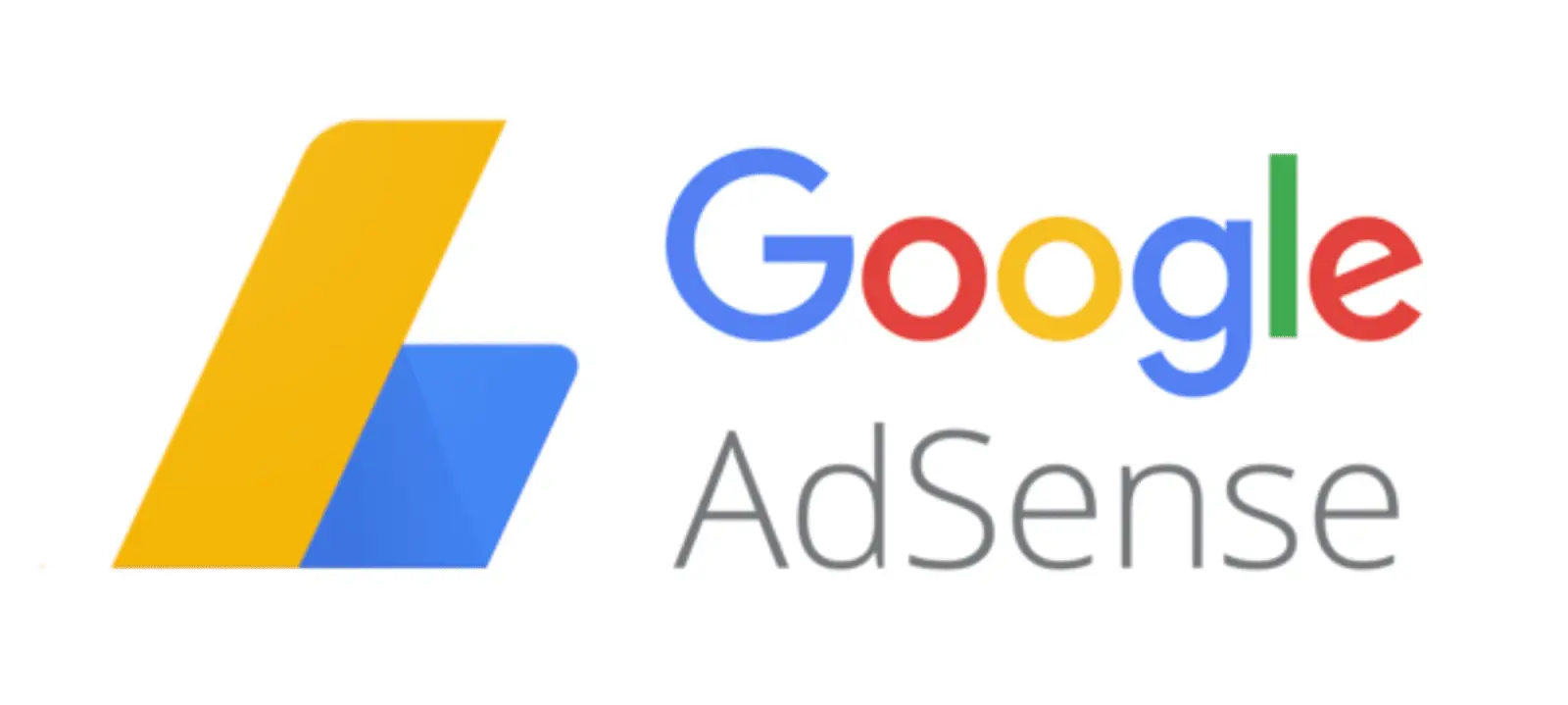Advertising is a game of information. When you understand your audience you can serve them targeted ads, and, with targeted ads, everyone wins:
Consumers see more of what they like, businesses sell more of their product, and advertisers increase revenue.
That’s all about to change with AI. Two months ago, Google released a new feature on their AdSense platform called “auto ads”. To put it simply, Google has applied the split testing model to internet advertising—at scale. And it’s all thanks to AI.
How AdSense Works With AI
If you’re not familiar with AdSense, it’s Google’s platform that allows the company to connect website owners, advertisers, and consumers. Google acts as the middleman, creating connections between willing website owners and advertisers, placing optimized ads in specified areas of websites. The system uses Google’s page crawling abilities to understand each webpage and make connections accordingly.
As of two months ago, users can now place a few lines of code on their website and enable the Google Auto Ads feature. They’ll pass off all control to Google, and in return receive the benefits of machine learning that analyzes and adapts to improve ad performance.
We know that Google’s Auto Ads will take into account factors such as placement and frequency of each advertisement, although we’d be surprised if it’s limited to these variables.
Publishers lose a little bit of control here, but Google is making a bet that they won’t mind–especially when they see the increased results.
Google ran a four-month Auto Ads beta test starting in September and the company claims “publishers participating in the beta saw an average revenue lift of 10 percent with revenue increases ranging from five to 15 percent.”
Reviews on Google Auto Ads
We’ve seen some interesting reviews on Google’s Auto Ads that prove the technology still has a few kinks to work out. One user, Jon Dykstra, relates his initial Adsense Auto Ads experience as very positive:
“At first I loved auto ads. They were depositing incremental revenue into my pockets – $20 to $40 per day using just the in-article ads. I thought that was great.”
That is, until he ran into certain problems with control:
“If a publisher is using any other ad networks, ad providers, or affiliates, AdSense Auto Ads won’t detect those ad provider ad placements. This will likely throw additional Google ads in anyways — or at least won’t account for them…”
And that seems to be the main concern so far: lack of control.
We’re not surprised, as these are the kinds of hiccups we’ve come to expect from the initial large scale implementation of any AI project. Humans aren’t the only ones who need to learn how to use the systems—the machines themselves need time to learn and process enough data to become effective.
With the vast amounts of data Google processes every second, it seems foolish to think that they won’t be able to dial this thing in. When they do, they’ll have arguably the most powerful advertising machine on the internet, capable of optimizing any given website at the click of a button.
This is part of the larger trend we’re seeing of AI taking over applications where large-scale data analysis is necessary. Facebook already uses AI to optimize its ad placement. Innovative companies such as Phrasee are using AI to run email split test campaigns and automatically generate email subject lines. BrightEdge analyzes tons of data to surface high-value content topics. And competitive intelligence tool Crayon uses machine learning to extract insight from over seven million data sources.
The applications of AI in marketing continue to grow and improve each day.
The most important part is that marketers are seeing provable results from each of these AI applications, including Google’s Auto Ads. That will only increase as developers improve the technology and marketers learn how to better employ it.
Mike Kaput
Mike Kaput is the Chief Content Officer at SmarterX and a leading voice on the application of AI in business. He is the co-author of Marketing Artificial Intelligence and co-host of The Artificial Intelligence Show podcast.


